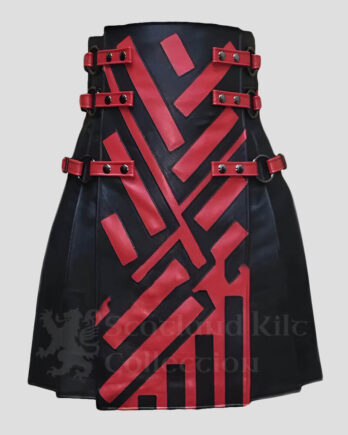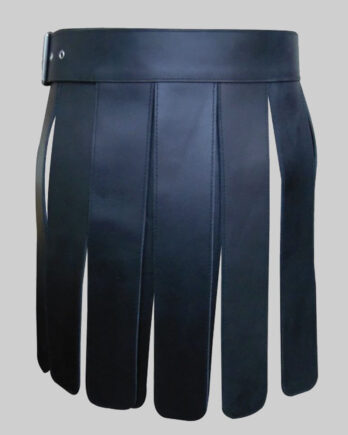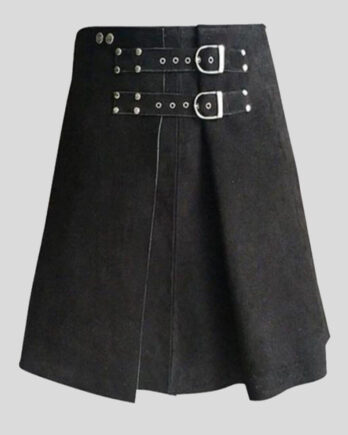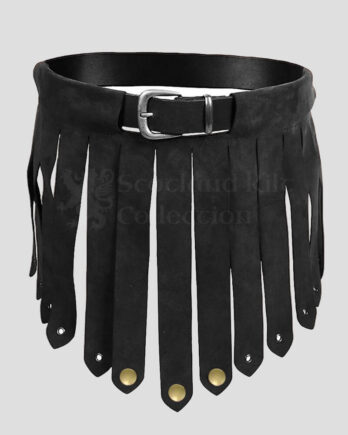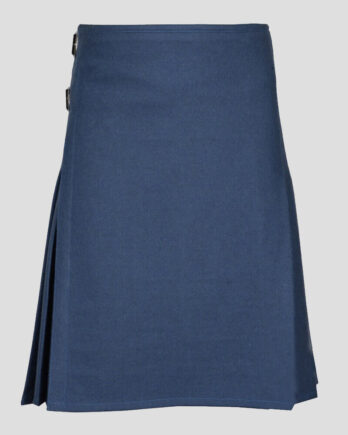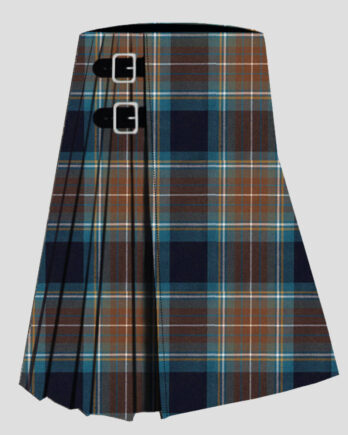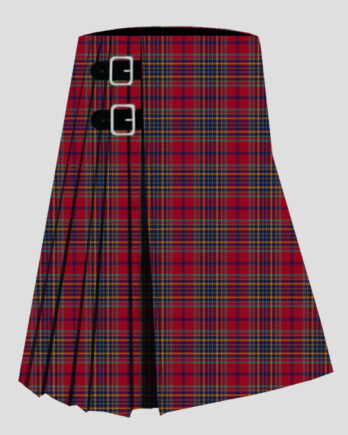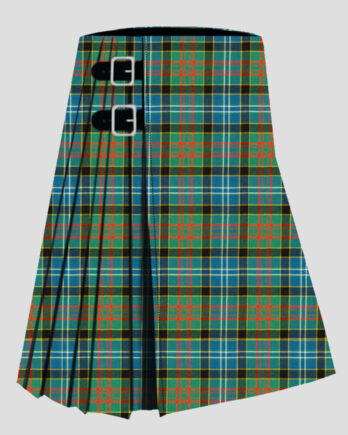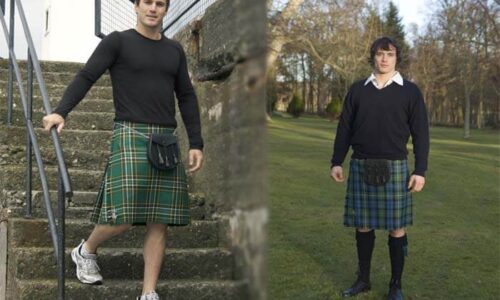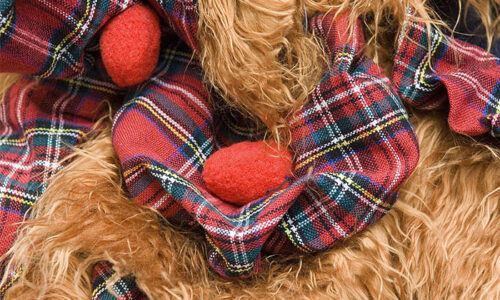The following is a brief introduction to the topic:
Utility kilts are gaining in popularity as an alternative to the traditional kilt. They’re stylish, practical and affordable. Modern kilts allow individuals to show off their individual style and enjoy the functionality of these kilts. The materials that are used to construct utility kilts play a key role. This article will examine the different materials used to make utility kilts and highlight their benefits.

What are the most common materials used in utility kilts?
The materials used to make utility kilts have their own unique qualities. We’ll look at some of the materials most often used:
- Cotton
- Denim
- Polyester
- Wool
- The Leather
- Tartan
1. Cotton
Cotton kilts are popular because of their breathability and comfort. Natural fibers allow air to flow, preventing the buildup of moisture and keeping you cool. Cotton kilts can be worn for any occasion, as they are soft and lightweight.
2. Denim
Utility kilts made of denim are rugged yet stylish. The durability of this fabric and its ability to endure heavy usage are well-known. Denim kilts appeal to those who want a rugged and modern aesthetic. Its resilience and strength make the material suitable for a variety of outdoor activities.
3. Polyester
The polyester fabric is commonly found in utilitarian kilts. The kilts are easy to maintain and care for because of the excellent color and wrinkle retention. The quick drying properties of polyester kilts make them a great choice for humid or wet environments.
4. Wool
Wool kilts are a great choice in colder climates and for winter. Wool’s natural properties help to retain heat and keep the wearer comfortable. Wool is also highly durable, and it has great moisture-wicking properties, so you can use it for a variety of activities.
5. Leather
Kilts made of leather exude an air of rustic elegance. The high quality leather provides durability as well as a distinctive aesthetic appeal. Kilts made of leather are popular for formal events or to create a fashion statement. Leather kilts will last many years with proper care and develop a lovely patina.
6. Tartan
The tartan pattern is a symbol of Scottish tradition and heritage. The kilts are woven from wool and feature distinct patterns of tartan that represent specific clans or areas. The kilts are worn for ceremonial events or as a way to show Scottish pride.
-
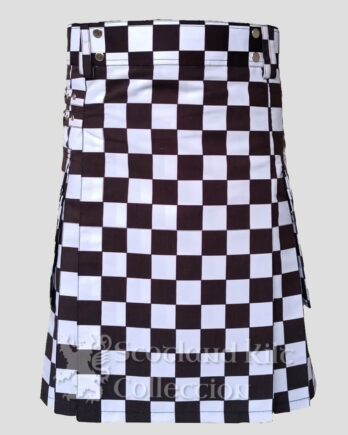 Black & White Checkered Utility Hybrid Kilt
Black & White Checkered Utility Hybrid Kilt -
 Black & Purple Hybrid Kilt
Black & Purple Hybrid Kilt -
 Navy Blue Utility Kilt
Navy Blue Utility Kilt -
 Black Long Fashion Utility Kilt For Men
Black Long Fashion Utility Kilt For Men -
 Blue Denim USA Hybrid Kilt
Blue Denim USA Hybrid Kilt -
 Black Hybrid Utility Bear Pride Kilt
Black Hybrid Utility Bear Pride Kilt -
 White Utility Kilt for Men
White Utility Kilt for Men -
 Slash Pocket Blue Utility Kilt
Slash Pocket Blue Utility Kilt -
 Blue Lustrous Cotton Modern Utility Kilt
Blue Lustrous Cotton Modern Utility Kilt -
 Red Hybrid Kilt
Red Hybrid Kilt
FAQs
What is the utility kilt, and what is its difference from a traditional one?
Utility kilts are a modern version of traditional Scottish kilts. Utility kilts, while similar in their pleated design and overall look, are designed for practicality and function. The key differences between utility kilts and traditional kilts are:
- Utility kilts are often equipped with additional pockets or compartments that allow the wearer carry various things, such as gadgets and tools. Utility kilts are designed to be practical and can be worn for everyday wear, outdoor activities, or in work environments.
- The traditional kilt is more concerned with preserving Scottish culture and history. These kilts are usually made of tartan, which is a fabric that represents a specific family or clan. They are worn primarily on special occasions.
- Utility kilts come in many different materials including leather, denim, cotton and tactical fabrics. The variety of materials available allows customization and versatility based on personal preferences and functionality requirements.
Most important information:
- Utility kilts have been designed for practicality and functionality.
- These bags have additional pockets for storing items.
- The versatility of utility kilts is enhanced by the wide range of material options.
What should you look out for when choosing a quality utility kilt?
There are several features that you should consider when looking for the best utility kilt. The features of a kilt contribute to its overall comfort and durability. These are some of the most important features to look out for.
- Choose a fabric that is durable, high quality and can stand up to regular use. Cotton, denim and poly-cotton heavyweight blends, are all popular materials.
- Reinforced Stitching: Look for reinforced stitches throughout the kilt. Pay special attention to areas susceptible to movement and stress. The kilt will remain sturdy for extended wear.
- Sizing Options: Utility kilts with adjustable options such as Velcro or buckle closures are ideal. It allows for better flexibility and fit, adapting to changes in the body’s shape.
- Pockets that work: Make sure the pockets are well designed, deep, safe, and easy to access. Multi-sized pockets are a convenient way to store essentials while still keeping them close at hand.
- Attention to finishing details: Take note of the details such as well-executed folds and quality hardware, including buckles, buttons and snaps. The kilt’s overall appeal is enhanced by these small, but important details.
Most important information:
- Select a kilt for utility made of durable, high-quality materials.
- For added durability, look for stitching that is reinforced.
- Look for pockets with adjustable sizes and functional designs.
What should the fit be of a utility kilt?
When it comes to utility kilts, the fit is key. The right fit will ensure comfort, ease of movement and an attractive appearance. How a good utility kilt fits:
- It should fall at the mid-kneecap, or just below. The kilt should not be too short or too long as it can impact comfort and appearance.
- Waistband: It should be comfortable on your waistline. Typically, it will sit above the hip bone. The waistband should fit snugly but not too tightly, to allow for easy movement. Additional layers can be worn underneath.
- Seat and hips: There should be enough space around the seat and hips to comfortably sit and move. The kilt should feel comfortable and not constrictive.
- Front apron. The front apron should be flat, smooth and without bulges. It will give the kilt a tidy and neat appearance.
- They should also be evenly spaced and aligned. When standing, walking, or sitting down, they should keep their structure and shape.
Most important information:
- Kilts should be a suitable length and fall to about the mid-kneecap area or slightly lower.
- It should be able to fit snugly above the hipbones.
- At the rear of the kilt, the pleats must be clearly defined and aligned.
What is the best way to care for my utility kilts?
It is important to maintain your utility kilt properly in order to preserve its longevity and its quality. To care for your utility kilt, follow these simple guidelines:
- Cleansing: Follow the instructions given by the maker. Utility kilts are usually machine washable on gentle cycles using cold water. Avoid harsh chemicals and bleach. Use a mild detergent. You can either hang the kilt up to dry naturally or you can follow the instructions for drying.
- Use a steamer or iron the kilt at a low temperature to get rid of wrinkles. When ironing pleats be careful as too much heat or pressure may flatten the fabric. To protect the fabric, place a towel or cloth between the ironing board and the fabric.
- Store your kilt carefully by hanging it on a strong hanger. Store it away from moisture and direct sunlight in a dry, cool place. Use a storage bag or cover for your kilt to keep it safe from dust.
- Fix any damaged or missing hardware, buttons, loose threads and loose stitches as soon as possible. To ensure that the kilt is in top condition, repair or replace any damaged components.
- Maintain your kilt by regularly inspecting it for wear and tear. Spot clean any spills or stains immediately with a mild cleanser. Wearing the right undergarments and taking preventative steps can help to maintain the cleanliness of your kilt.
Most important information:
- Use the instructions provided by your manufacturer to clean your utility kilt.
- Use a low ironing setting, and be careful when pressing pleats.
- Store your kilt properly in a dry, cool place. Address any repair issues immediately.
Can women wear utility Kilts?
Absolutely! Women can wear utility kilts too! Utility kilts are popular among women because of their unique design, comfort and functionality. Utility kilts are versatile enough to be worn in a variety of settings. This includes outdoor activities, festivals and casual daily wear. Women can choose from utility kilts that are tailored to their shape, or they can opt for styles designed for men.
Most important information:
- Utility kilts are comfortable and functional for women.
- Utility kilts are available for all body types.
- The Unisex Utility Kilt can be tailored to women’s sizes.
Are utility kilts suitable for both women and men?
Absolutely! All genders can wear utility kilts. These kilts are a stylish and versatile option for all genders.
Can utility kilts be worn for formal occasions?
Utility kilts tend to be associated with semi-formal or casual attire. However, they can also be worn for formal events.
What is the best size to choose for my utility kilts?
When choosing a utility-style kilt, it is important to accurately measure your waist. The majority of manufacturers offer size charts that will help you choose the right size.
Utility kilts can be tailored or customized.
Many utility kilt manufacturers offer customizing options. You can choose specific colors and materials to match your style.
Can utility kilts be worn for outdoor sports?
Absolutely! Utility kilts have been designed for practicality. They are ideal for outdoor activities because of their comfortable fit, flexibility, and durability.
What is the best way to care for utility kilts and how do I maintain them?
Care instructions will vary based on the fabric of your utility Kilt. Most kilts are machine washable or can be hand-washed using mild detergent. They should then either air dry or tumble dried on low heat.
The conclusion of the article is:
Utility kilts are a practical and modern twist on traditional kilts. They allow individuals to show off their style and enjoy comfort while displaying functionality. It is important to take into consideration the material used for a utility Kilt. The most common materials are cotton, denim and polyester. Wool, leather and tartan also feature. Each has its own unique benefits and characteristics. There is a kilt fabric for every occasion and preference, whether you choose the breathable cotton, rugged denim or elegant leather.


